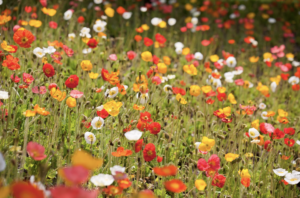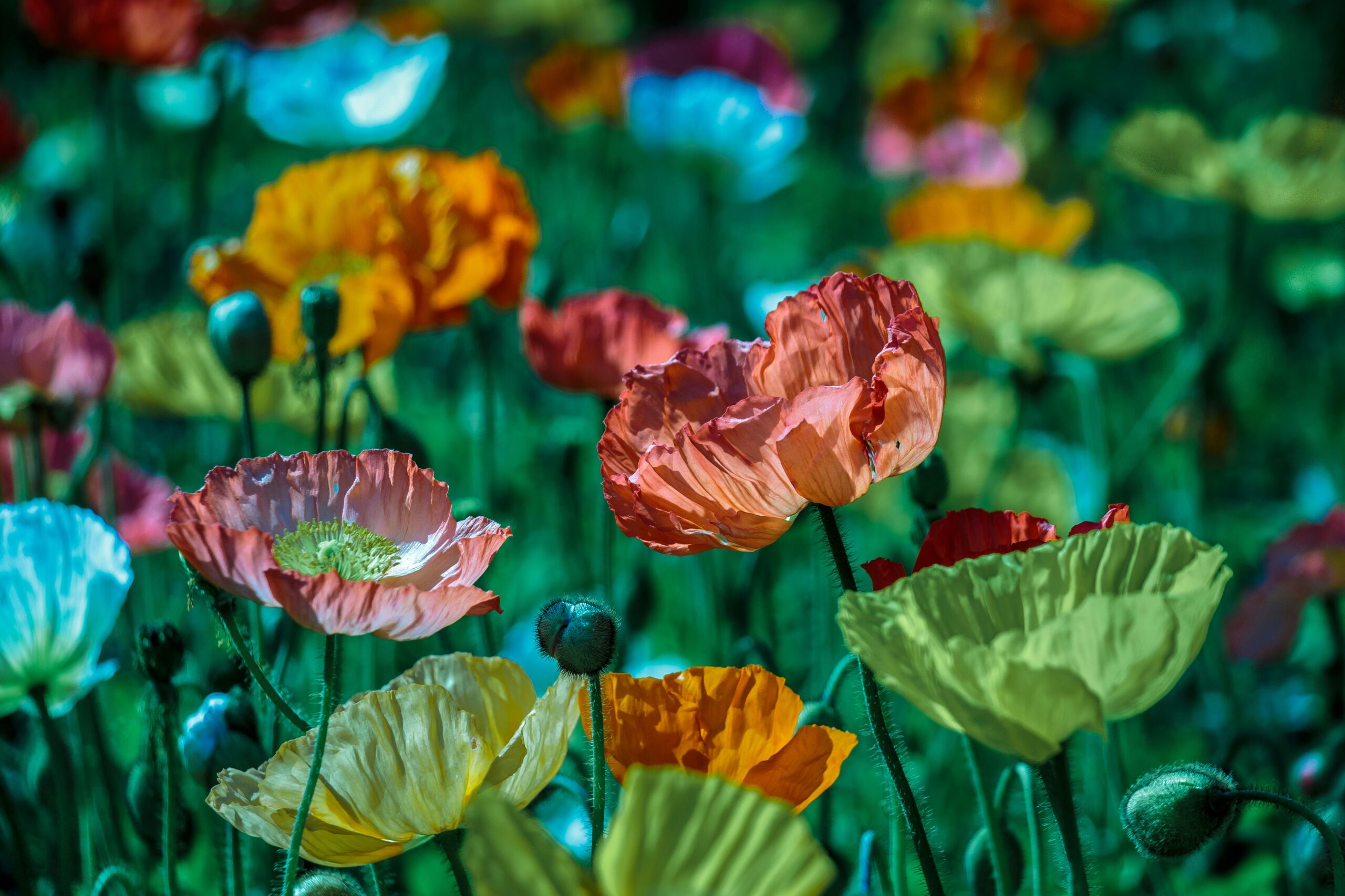Situated just a short drive from Optima Verdana in Wilmette, the Chicago Botanic Garden stands as an architectural testament to the harmonious blend of art, nature, and community. It is a verdant oasis that transcends the traditional boundaries of urban landscaping, offering visitors an unforgettable experience.
This sprawling sanctuary covers an impressive 385 acres, strategically mapped out into 27 distinct gardens and four natural areas. It’s not just a garden; it’s a living canvas where architectural genius and nature’s beauty come together in a vibrant display of community spirit. Strolling through the winding paths reveals the careful landscape curations. The structures dotting the garden offer more than functionality; they’re creative landmarks contributing to a magical environment. From the modern flair of the energy-efficient Regenstein Learning Campus or the timeless elegance of the English Walled Garden’s trellis design, each corner unfurls a tale of architectural innovation.
These architectural marvels are not standalone elements. They enrich the landscape, facilitating coexistence between tranquil spaces like the Japanese Garden and the energetic vibes of the Model Railroad Garden. Such diverse experiences demonstrate the incredible potential when architecture underpins community spaces. It’s a place where families spend sunny afternoons, where friendships blossom over shared plant care tips, and where the community comes together to celebrate the natural beauty that is inherent in the surrounding city. The garden encapsulates the essence of community living – shared spaces that inspire, invigorate, and engage.

In addition to its aesthetic charm and natural beauty, the Chicago Botanic Garden bustles with an array of special events. This summer, visitors can immerse themselves in the Love in Bloom exhibition, a captivating showcase of floral beauty, running until September 24, 2023. The After Buzz Hours offers a unique twist, allowing visitors to chat with garden scientists over cocktails. These events represent just a glimpse into the Garden’s dynamic calendar, which can be fully explored on their official website.
The Chicago Botanic Garden is more than an assortment of plants or an architectural accomplishment. It stands as a beacon of what can be achieved when architecture and nature unite.
Visiting hours are 10 AM to 8 PM daily, with tickets available for purchase on their website.


